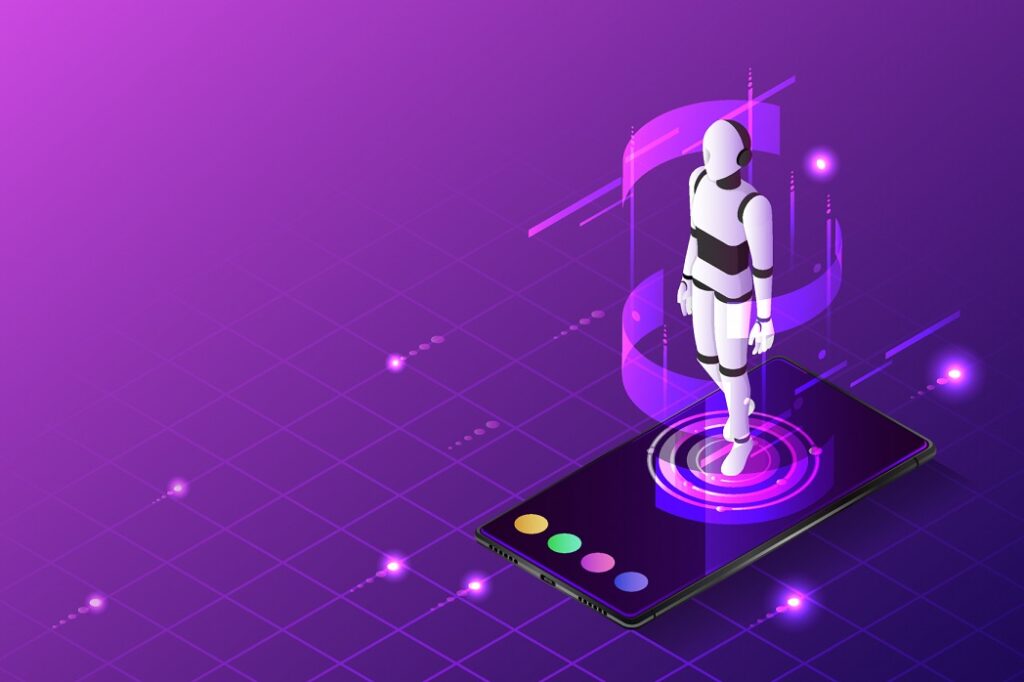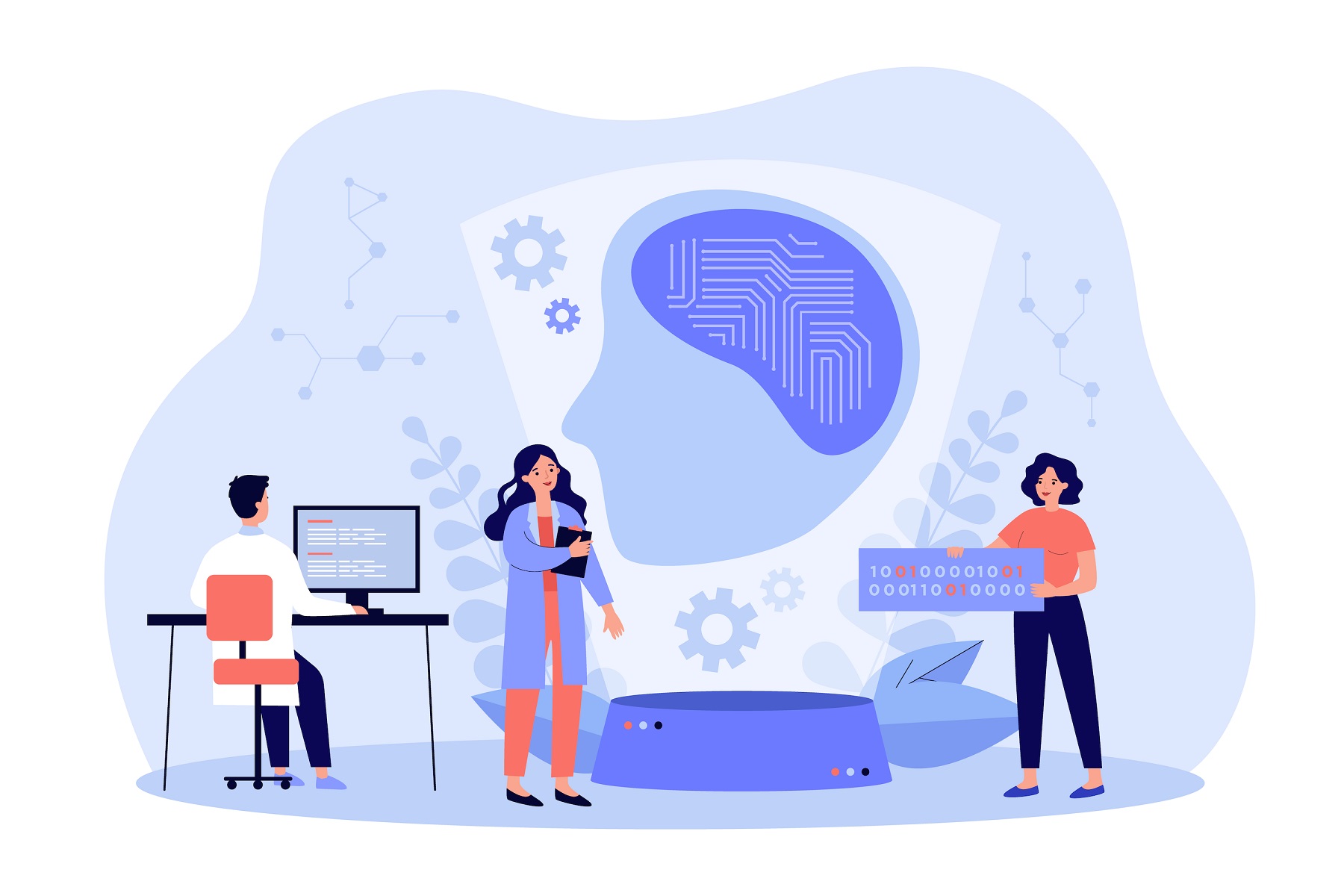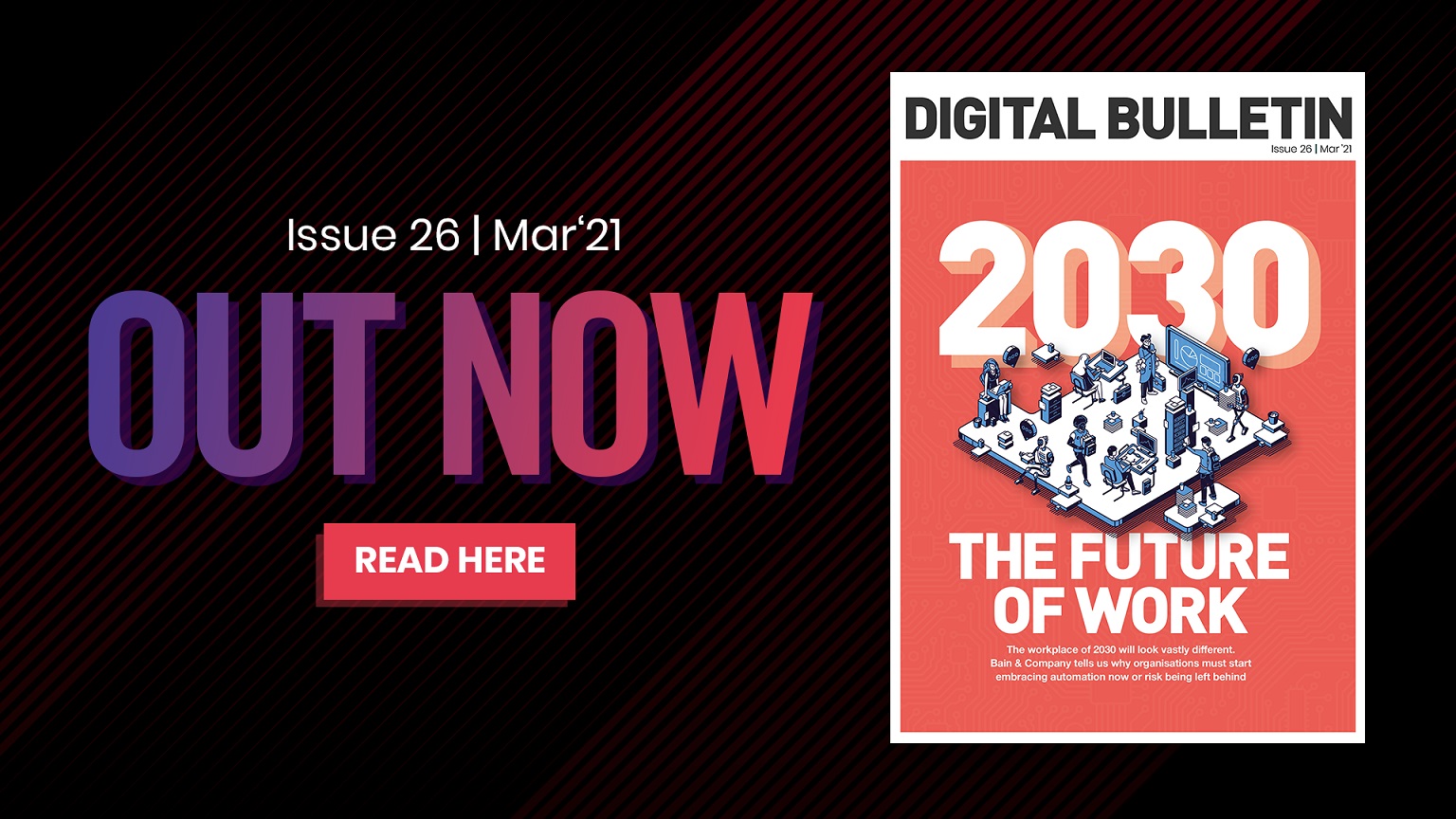
Following its partnership with GreenKey Technologies, IPC recently rolled out its data visualisation tool – Blotter – which utilises natural language processing and machine learning technology. Digital Bulletin speaks to Tim Carmody, IPC’s Chief Technology Officer, to learn more about how NLP is revolutionising the financial services industry and what the technology holds for the future.
Hi Tim, thanks for speaking with Digital Bulletin. Let’s start with the basics – what is Natural Language Processing and why is it important? What technologies does NLP leverage and is there a convergence of them that is driving this momentum?
Natural language processing (NLP) is essentially the processing of unstructured data from different sources so that analytics systems can interpret it. It is often referred to as a sibling of artificial intelligence (AI) and has grown leaps and bounds over the last ten years thanks to advances in machine learning.
The evolution of AI is drastically transforming the financial services industry by helping to streamline and enrich processes for financial market participants and enabling quicker and more efficient trading and settlement.
Deep learning – a subset of machine learning – consists of the use of complex artificial neural networks to develop analytic models. Deep learning techniques are especially useful for image processing and recognition, natural language processing and speech recognition tasks.
NLP builds on AI and deep learning as it is the ability of a computer program to understand human language as it is spoken. Recently, deep learning techniques have obtained high performance in NLP tasks such as sentiment analysis, language translation and virtual agents.
NLP is one of the technologies that kept coming up when we asked a panel of experts to make their 2021 predictions. Why is NLP coming to the fore now?
NLP is already seeing a huge rise in adoption and deployment throughout the financial services industry, but we’re still only just scratching the surface of its capabilities. The advances we’ve seen over the last several years in machine learning to power NLP are allowing trading desks to realise faster execution, more efficient communications, and streamlined settlement and reporting processes right now, today.
Voice continues to be one of the most valuable data sources in today’s financial markets, but the financial services industry is not the only sector that produces an immense amount of text data every day though, so it is not surprising that experts have highlighted NLP as a technology to watch.
By converting voice into text especially with real-time speech-to-text transcriptions, the efficacy and accuracy with which financial market participants are able to execute mission-critical communications with NLP continue to increase and improve, and this can spread across into other industries too.

Could you tell us how IPC uses NLP?
Voice trading and being compliant are two critical factors among financial market participants. Traders are often negotiating and executing trades by voice. All trades are recorded for compliance purposes and then separately transcribed for regulators and include keyword searches as needed. Given the sheer number of trades that take place even in just one day, this is an extremely arduous process. From the outset, IPC has been passionate about improving the trading experience, and we recognise that NLP greatly facilitates trading in all three crucial areas: execution, analytics, and compliance.
NLP accelerates many front-office workflows, including real-time speech-to-text transcriptions, capture of in-stream orders and quotes, voice populated trade tickets, and call transcription integrations with CRM systems. It enables users to voice populate forms and applications on their desktops through dictation or an in-line telephony bot on trader calls, which greatly increases productivity, as it allows traders to more expeditiously book trades and respond to price requests.
For analytics, NLP digitises voice trading, enabling better analysation and automation of workflows by turning voice data into actionable and intelligent insights. Through the voice data it captures, it better illuminates trader-customer interactions by answering questions like: which customers generate the most business? Which customers request prices but don’t trade? What percentage of price requests lead to a booked trade?
With compliance, workflows are accelerated by many orders of magnitude thanks to Blotter by allowing users to quickly populate and search through transcribed text archives instead of manually culling and listening to snippets of audio. Teams can also monitor trading communications in near real-time and receive alerts for behaviours and violations through detection of key words and phrases. Blotter can extract each quote and trade from voice communications and pass that through to the compliance database.
You have a background working with NLP alongside machine learning. How do you reflect on its trajectory and where is it today?
Yes, IPC utilised NLP technology back in September 2019. We quickly saw NLP being adopted by some of the largest financial institutions in the world, and we have been expanding in areas like Dictation-as-a-Service ever since. We expect NLP to follow on its positive trajectory as institutions continue to adopt AI and machine learning technologies in a bid to improve efficiency and workflows.
IPC is also enabling increased adoption of NLP with our Unigy voice trading platform by ensuring high-quality pristine audio is available even in the most complex environments. Unigy’s Real Time Audio Gateway (RTAG) and BlueWave API provide access to large simultaneous calls in real-time unlocking NLP beyond the more traditional use cases such as post-trade analysis and compliance.
NLP is already seeing a huge rise in adoption and deployment throughout the financial services industry, but we’re still only just scratching the surface of its capabilities
Could you speak about the joint development you made with GreenKey in the NLP space and how is that progressing? Could you tell us about Blotter and how it is being used in the trading environment?
With Unigy and Connexus as open platforms, IPC maintains an agnostic approach to ensure that our customers are able to employ best-of-breed enabling technologies, but we also work with industry leaders to create solutions. IPC partnered with Natural Language Processing (NLP) specialist GreenKey Technologies to leverage its machine-learning powered voice recognition technology. This was so we could build a voice-recognition solution tailor-made for traders on IPC’s financial cloud ecosystem of 7,000 financial market participants.
As a result came our flagship NLP product, Blotter, which was launched recently as well as Dictation-as-a-Service providing a SaaS delivery. We believe these are unlike anything else in the trading technology industry, allowing traders to easily access a visible, transcribed stream of transaction threads, breaking new ground in data optimisation, customer relationship management and workflow empowerment. When you consider how fast-paced financial trading is and that it often takes place in noisy environments, you can understand that this is no small feat. Giving traders the ability to seamlessly flow from chat and instant message to more complex voice trading communications is a completely unique ability.
At a high level, Blotter utilises an NLP engine to convert over-the-counter (OTC) voice quotes into a structured data feed. With millions of voice quotes currently being generated daily over IPC’s communications platform, Blotter has the capability to unlock this market data, and we believe it is transforming not only financial trading, but perhaps the entire market.
How is NLP being used by financial service companies today and has COVID-19 had a noticeable impact?
NLP is being actively deployed in three main areas in the financial services industry. It enables trading strategies across all asset classes, delivering valuable insight and converts complex audio into usable data to automate and analyse tasks. These tasks include quote capture, writing and sorting call notes, consuming voice as data, surveillance and supervision, and much more. With COVID-19, the capabilities of NLP and other cloud-solutions has been crucial in helping financial market participants continue their critical function in society – while still adhering to strict compliance requirements – when forced to step away from their highly regulated trading floors and work from home.
What other industry sectors are utilising NLP and where do you see opportunities for growth?
All sectors can leverage NLP – it is a truly agnostic technology. We have talked in-depth about its use in the financial services industry, but most people will be familiar with NLP already with virtual assistants such as Apple’s “Siri” or Amazon’s “Alexa”.
However, these types of virtual assistants are notorious for struggling to understand and decipher different accents, languages and slang or colloquial phases. There is certainly the opportunity here for much more sophisticated NLP technologies, such as Blotter, to grow and cross over from enterprises into the consumer market so that in time, speaking to a bot may be as effortless as human interactions.

How much are you able to tell us about the customisation experience within the NLP space?
We’re huge believers in NLP-as-a-Service, in large part because many of our customers have said that they believe the subscription model is more efficient and enables a best-of-breed approach. Addressing the demand for the SaaS model has been a recent, key area of focus for IPC — not only regarding our NLP offerings but in other areas as well.
Trialling or integrating NLP and AI can be challenging to introduce into a production environment. This is why IPC has created Connexus Labs, which provides on-demand private network computing resources with secure access to our expansive Connexus ecosystem of content providers, exchanges, ISVs, OMS/EMS, and more than 7,000 customer locations to provide a testing ground for new technology or certification for IPC’s clients.
There can be synergies with specific NLP implementations, and it is wise to take advantage of that, but we don’t see any risk for lock-in more so than with any other technology, especially given the popularity of the SaaS model with NLP.
How do you think NLP will develop over the next three to five years?
It is always difficult to say how any technology will develop given the speed and rate at which it is evolving. Having said that, Statista predicts that the NLP market could be almost 14 times larger in 2025 than it was in 2017, increasing from around $3 billion in 2017 to over $43 billion in 2025.
We expect NLP to accelerate among industry leaders over the coming five years, and this will not be limited to tech-savvy companies. NLP has use cases in a wide array of industries and we are only just beginning to tap into the revolutionary power and immense opportunities that NLP offers.



